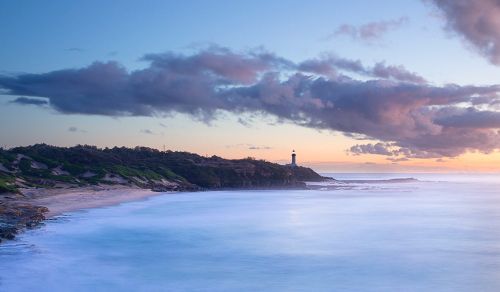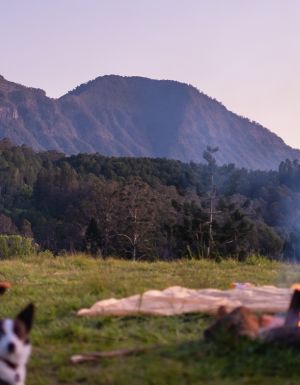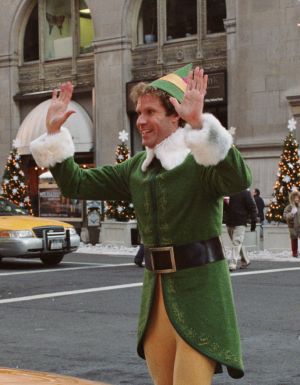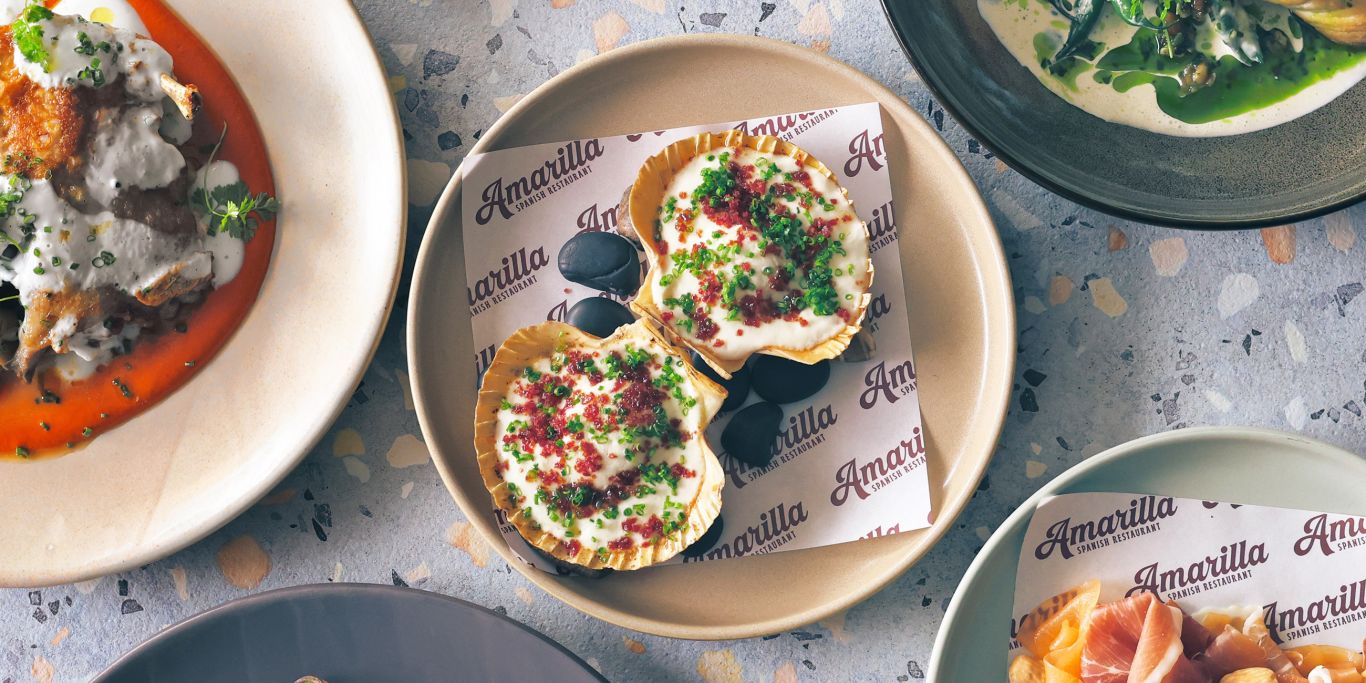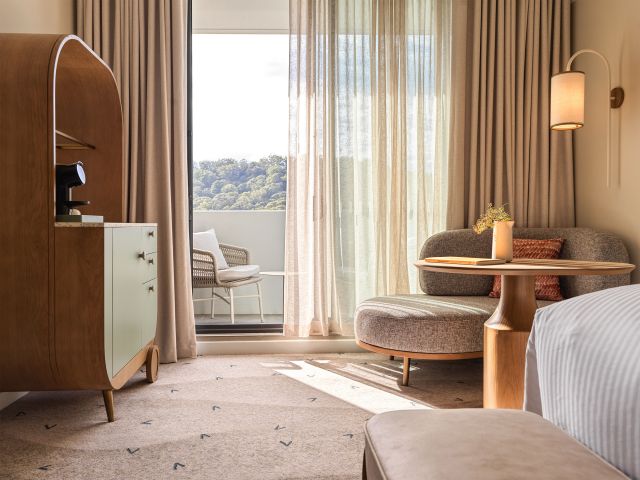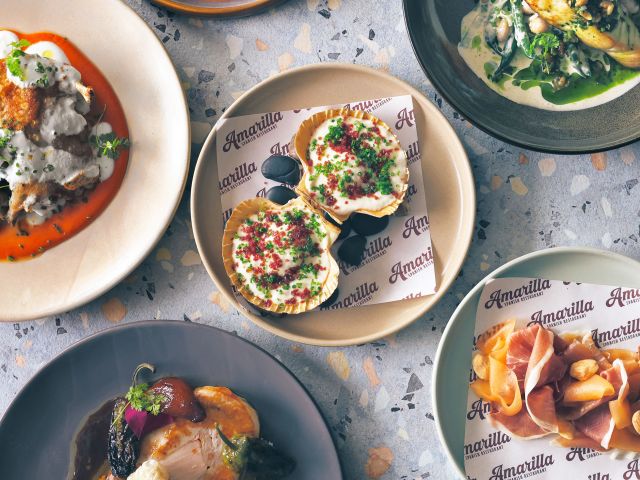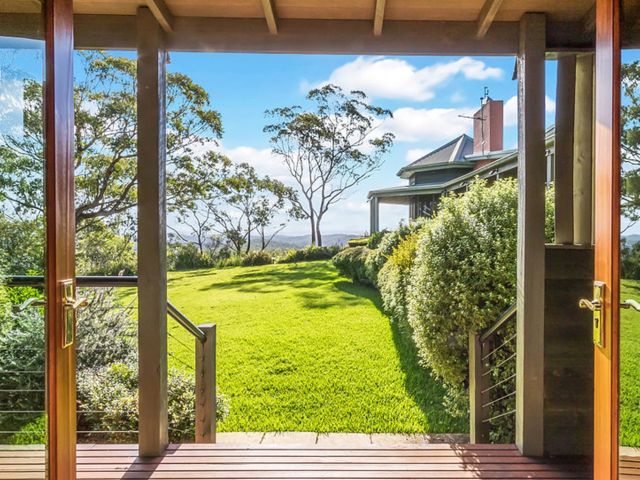Australian Traveller photography intern Daniel Hine gets a masterclass in landscape photography, comedy and humility from legendary Australian snapper Ken Duncan (all photos Daniel Hine)
My alarm went off and, after a couple of ‘snoozes’, I woke up to pitch blackness and crisp spring air flowing through my window. Usually I’d go back to bed, but today was the beginning of Ken Duncan’s Coastal Exposure 2014, a photography workshop based in picturesque seaside Terrigal on the New South Wales Central Coast.
We came from myriad career backgrounds, but we were all there to appreciate nature and capture its timeless beauty. The group’s skill ranged from the most extreme novice to amateurs and learned semi-pros. Ken had time for all of us.
It was odd waking up at these ungodly hours (did someone say be ready by 4am?), however, being out of my comfort zone was extremely rewarding. And, as Ken said, “sleeping is overrated."
Just like family
What truly made the weekend great were the people at the helm; the great Ken Duncan, his ever-efficient wife Pam, and the lovely Debbie Iverach. They really made us feel like family.
I have always looked up to Ken’s landscape work, and I know his talent is immense. What I did not know was that he was one of the most down-to-earth, caring, and funny people I’ve ever met, preferring to give all of his knowledge, as opposed to focusing on his own photos.
I wouldn’t call myself a novice photographer exactly, having done courses at university and practised for more than three years, and I knew I could glean some nuggets of information from Ken’s head.
There was a wealth of technical tips on offer, techniques such as blurring water at 1/15s shutter speed and slower, and utilising leading lines to draw in the viewer. We also delved into digital asset management, post-processing, stitching panoramas and printing techniques.
Breaking the rules
The most important elements I took away from the workshop, however, were to enjoy the moment, capture the feeling, and break the rules where possible.
A landscape photographer’s mindset is a bit different than others’ – they appreciate beauty in the mundane, and are extremely patient while waiting for shots. On the first morning, after getting on the bus at 5am, bleary eyed and sleep deprived, we knew we’d be in for a busy and challenging few days. We did not, however, know the lengths we’d go to to get the shots.
A simple sunrise shoot at The Skillion at Terrigal was made a bit risky by an impending storm and high tide. To get this shot we had to traverse a rocky outcrop, down muddy slopes and onto slippery rocks. I even squeezed into a very low, tight cave just to get a different angle.
Anything to get the shot
We witnessed a pelican feed, where one of the photographers lay on the ground amidst a sea of white beaky birds seemingly unaware of his presence. Wings were everywhere, commotion aplenty, and droppings were, well, you do the math.
Also throughout the workshop we came perilously close to 100 stampeding horses, we navigated gushing waterfalls, and we rushed over seaside rocks to capture photos of a lighthouse at dawn.
Sounds exhausting? It wasn’t really, as each morning we’d return to the hotel after the early starts for a sumptuous buffet breakfast.
With recharged energy and idle chit-chat flowing, we were ready to tackle the rest of the day. More adventures, more learning and more capturing the essence of a location – letting it speak through our lenses. This is a frame of mind that Ken lives by.
He showed us a slideshow of his eye-opening homage to Australian life, the characters and locations he documents captured with such emotion and clarity. It is obvious that this man feels deeply for our sunburnt country.
Ken the comedian
He has many touching stories to share, and some that had us in tears of laughter, as in one memorable anecdote about capturing one of his famous shots of the Bungle Bungles. Ken was waist deep in water to get the reflection, and fish started biting his ankles. He swears they had dentures and threatened to cook them for breakfast.
Lessons learned from the workshop? Do whatever you can to get the shot and, if the passion and determination are there, the photos will come.
Ken’s doggedness, along with his infectious humour, rubbed off on all of us. I left the workshop in high spirits, with a wealth of new knowledge, friends, and great photos to boot.
It’s a pity I have to wait a year for the next one.
For details on Ken Duncan’s photography workshops, see kenduncan.com
